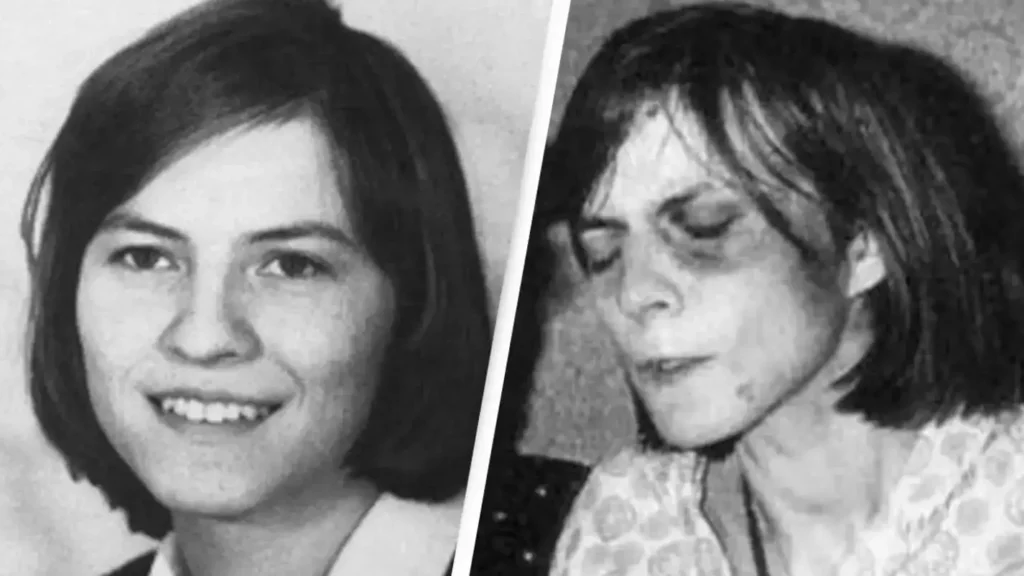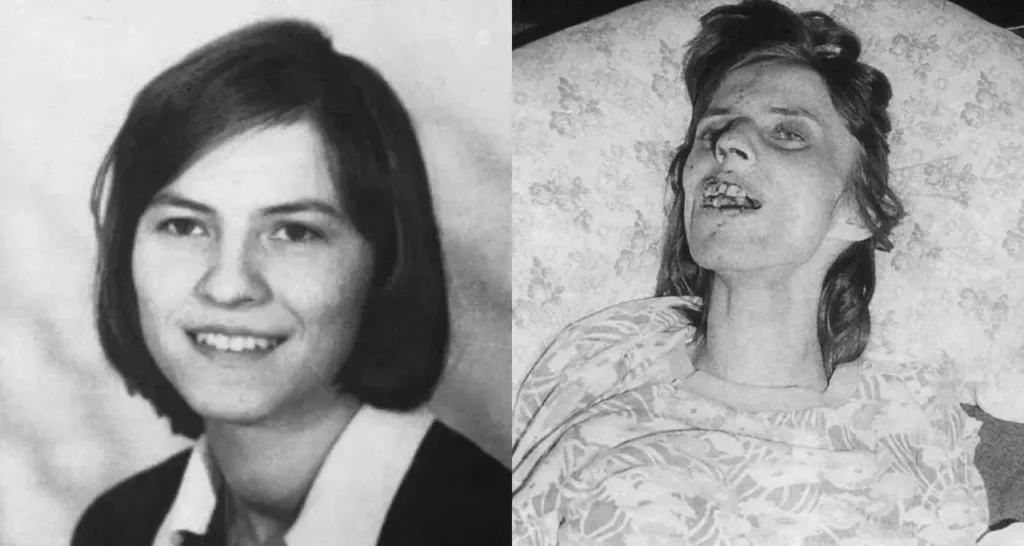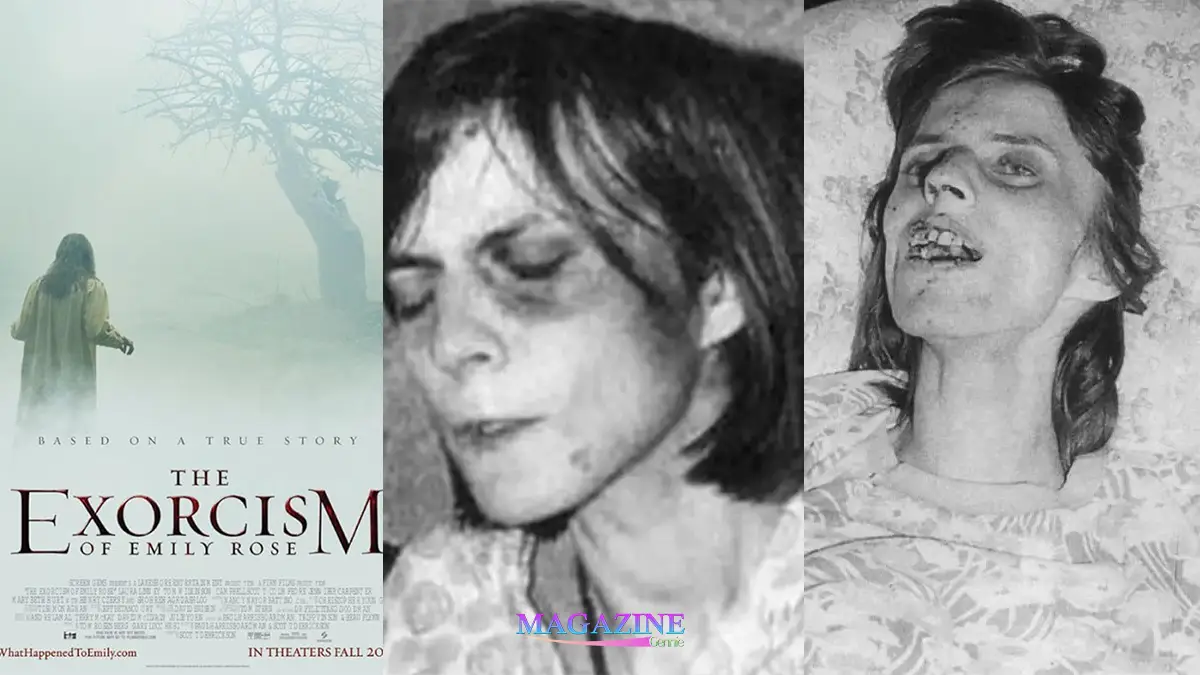The 2005 horror film “The Exorcism of Emily Rose” captivated audiences with its chilling tale of demonic possession and the subsequent court case. While the movie was a work of fiction, it was inspired by a real-life story that is both haunting and tragic. The true story behind the film is that of Anneliese Michel, a young German woman whose life and death became the subject of intense scrutiny and debate.
Table of Contents
The Exorcism of Emily Rose Real Story

The Exorcism of Emily Rose is a fascinating and disturbing true story that has captivated the public’s imagination. It is a tale of faith, tragedy, and the blurred lines between the spiritual and the scientific. At its core, it is the story of a young girl named Emily Rose, who died under mysterious circumstances, and the priest who performed an exorcism on her.
Emily Rose was a 10-year-old girl from a devout Catholic family in the United States. In 2001, she began experiencing strange and terrifying symptoms, including convulsions, seizures, and unexplained behaviors. Her parents, who were deeply committed to their faith, believed that their daughter was possessed by a demon and sought the help of a local priest, Father Gary Thomas.
Father Thomas, who had experience in performing exorcisms, was called to the Rose family home to investigate Emily’s condition. He performed a series of rituals and prayers, which he believed would help to rid Emily of the demonic presence. However, despite his efforts, Emily’s condition continued to deteriorate, and she eventually died in 2004.

The circumstances surrounding Emily’s death were shrouded in controversy, with some attributing her death to the exorcism itself, while others believed that she had a pre-existing medical condition that was misdiagnosed. The case sparked a heated debate about the role of faith in medicine and the limits of scientific inquiry.
The story of Emily Rose was later adapted into a film, “The Exorcism of Emily Rose,” which was released in 2005. The movie, starring Jennifer Carpenter as Emily and Laura Linney as her mother, explores the themes of faith, doubt, and the blurred lines between the spiritual and the scientific.
In conclusion, the story of Emily Rose is a powerful reminder of the complexities and mysteries of the human experience. It is a testament to the enduring power of faith and the limits of human understanding. While the exact circumstances of Emily’s death remain unclear, her story continues to captivate and haunt us, serving as a poignant reminder of the fragility and beauty of human life.
The Exorcism of Emily Rose Cast
The main cast members of the 2005 film “The Exorcism of Emily Rose” are:
- Laura Linney as Erin Christine Bruner, the lawyer who takes on the case of the priest accused of negligent homicide after performing an exorcism on Emily Rose.
- Tom Wilkinson as Father Richard Moore, the priest who performed the exorcism on Emily Rose.
- Campbell Scott as Ethan Thomas, the cocky state lawyer who prosecutes the case against Father Moore.
- Jennifer Carpenter as Emily Rose, the young woman at the center of the exorcism case.
- Colm Feore as Karl Gunderson, a psychologist who testifies in the case.
The film was directed by Scott Derrickson and also featured supporting performances from actors like Joshua Close, Kenneth Welsh, and Duncan Fraser.
Early Life of Anneliese Michel
Anneliese Michel was born on September 21, 1952, in Leiblfing, Bavaria, West Germany. Raised in a devoutly Catholic family, she was described as a kind and deeply religious person. Her life took a dramatic turn when, at the age of 16, she experienced her first seizure. Anneliese was diagnosed with temporal lobe epilepsy, a condition known to cause seizures, memory loss, and hallucinations.
Despite medical treatment, her condition did not improve. Anneliese began to suffer from depression and exhibited symptoms that her family and she believed were signs of demonic possession. She reported hearing voices that condemned her and experiencing visions of demonic faces.
The Exorcisms
After several years of medical treatment that did not alleviate her condition, Anneliese and her family sought help from the Catholic Church. They believed that her symptoms were not purely medical but spiritual. In 1975, after much hesitation, the Church granted permission for exorcism rites to be performed. Two priests, Father Ernst Alt and Father Arnold Renz, were assigned to conduct the exorcisms.
Over the course of ten months, from 1975 to 1976, Anneliese underwent 67 exorcism sessions. These sessions were grueling, often lasting up to four hours and being conducted twice a week. During these exorcisms, Anneliese exhibited behaviors that her family and the priests interpreted as signs of possession. She spoke in voices that were not her own, displayed unnatural strength, and showed an aversion to religious objects.
The Tragic End
As the exorcisms continued, Anneliese’s health deteriorated rapidly. She stopped eating and drinking, believing that it was necessary to rid herself of the demons. On July 1, 1976, Anneliese Michel died in her home. She was only 23 years old. The official cause of death was malnutrition and dehydration.
The Aftermath: A Legal Battle
Anneliese’s death sparked a legal battle that drew widespread attention. Her parents and the two priests were charged with negligent homicide. The trial, which took place in 1978, was a highly publicized event. The prosecution argued that Anneliese had been mentally ill and that her death was the result of neglect. The defense contended that the exorcisms were conducted in good faith and that Anneliese had wanted them.
During the trial, recordings of the exorcisms were played, and medical experts testified about Anneliese’s condition. The court found the parents and priests guilty of manslaughter resulting from negligence. They were sentenced to six months in prison (later suspended) and three years of probation.
Legacy and Cultural Impact
The story of Anneliese Michel has had a lasting impact. It has been the subject of numerous books, documentaries, and films, including “The Exorcism of Emily Rose.” The case raises important questions about the intersection of religion, mental health, and the legal system.
Anneliese’s grave has become a place of pilgrimage for some, who see her as a martyr. Her story continues to be a powerful and cautionary tale about the dangers of fanaticism and the importance of recognizing and treating mental illness with appropriate medical care.
How did Emily Rose die?
Anneliese Michel was a 23-year-old German woman who underwent 67 Catholic exorcism rites in the year before her death on July 1, 1976. She died of malnutrition and dehydration, for which her parents and the two priests performing the exorcisms were convicted of negligent homicide.
Conclusion
The real story behind “The Exorcism of Emily Rose” is a complex and tragic one. Anneliese Michel’s life and death highlight the profound impact of religious beliefs on mental health treatment and the legal implications of such cases. While the movie takes creative liberties, the true events remain a poignant reminder of the need for compassion and understanding in dealing with mental illness.




